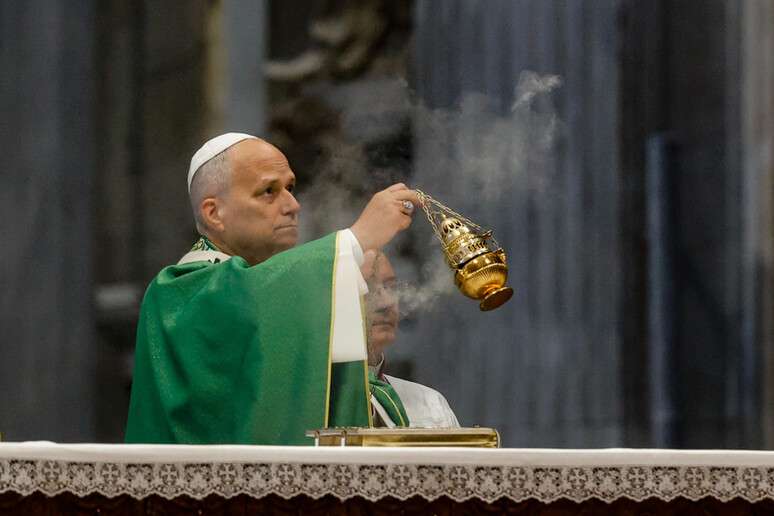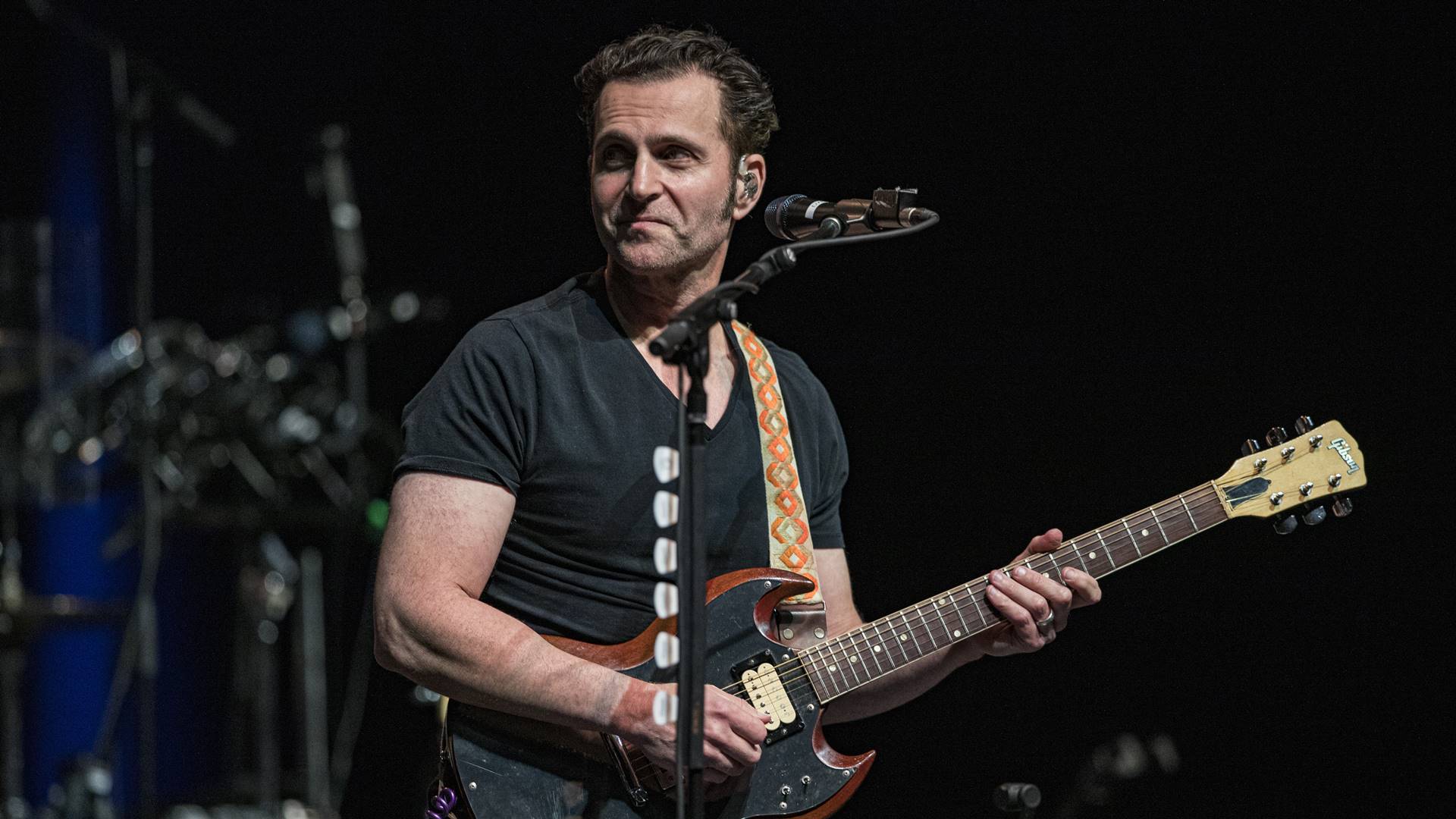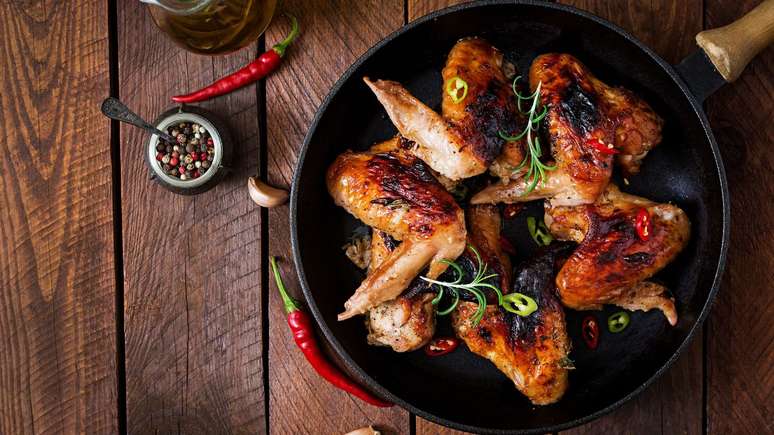The heads of state, meeting briefly in September, gathered to talk for the first time since the 50% tariff applied by the United States on Brazilian products went into effect.
President Luiz Inácio Lula da Silva (PT) met this Sunday (26/10) with the President of the United States, Donald Trump, in Kuala Lumpur, Malaysia.
It is the first meeting between the two since Washington imposed 50% tariffs on Brazilian products, a measure that sparked the biggest recent diplomatic crisis between the countries.
The meeting takes place in the context of the two leaders’ participation in the 47th Summit of the Association of Southeast Asian Nations (Asean).
During the week the two governments treated the meeting with caution.
Until the last few hours, neither Brasilia nor the White House had officially confirmed the meeting, even though the leaders had left their agendas free before the dinner hosted by the Malaysian Prime Minister.
The conversation took place in Kuala Lumpur in the afternoon (early morning, Brasilia time).
The meeting was organized over the course of weeks by advisers from both governments, starting with the brief greeting between Lula and Trump in September, during the UN General Assembly, in New York.
At the time, the American declared that there was “excellent chemistry” with the Brazilian and declared himself open to a bilateral meeting.
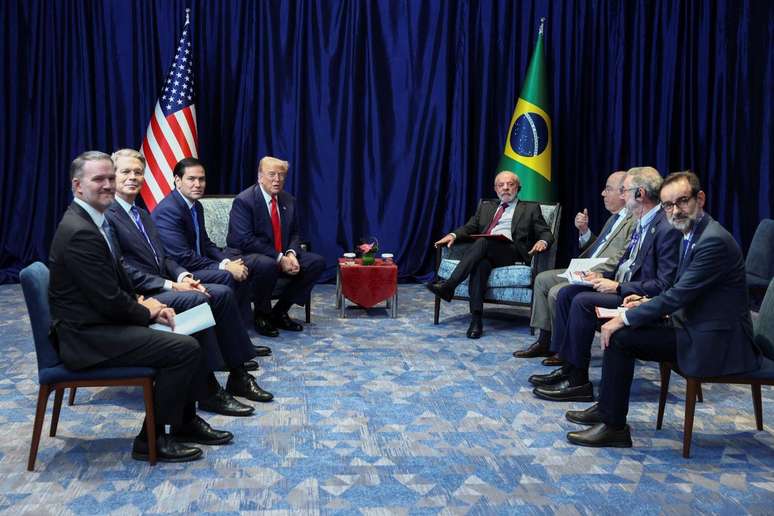
This Friday (10/24), Lula told reporters in Jakarta, Indonesia, that there will be no “forbidden topics” at the meeting.
“I have every interest in this meeting. I want to demonstrate that there was an error in taxation, demonstrate it with numbers,” said the Brazilian president. “If I didn’t believe it was possible to reach an agreement, I wouldn’t hold a meeting.”
Trump also commented on the possibility of meeting Lula during his trip to Malaysia.
Speaking to reporters, when the US president was asked if he would be open to reviewing and reducing tariffs on Brazil, Trump replied: “Yes, under the right circumstances.”
The main objective of the meeting was to try to break the trade impasse and reduce the tensions created by the surtaxes imposed by Washington.
In September, Lula said he hoped the conversation would be between “two civilized human beings,” when asked if he feared an embarrassment like the one that occurred in Trump’s tense meeting in Washington with Ukrainian President Volodymyr Zelensky in February.
This Monday (27/10), Lula turns 80, the same age as Trump. The similarity was exploited by the Brazilian to break the ice in the match.
Lula’s trip to Southeast Asia, passing through Indonesia and Malaysia, is part of the Brazilian strategy of diversifying trade routes, seeking alternative routes in the face of deteriorating relations with Washington.
The Brazilian delegation includes ministers of strategic areas, such as Alexandre Silveira (Mines and Energy), Carlos Fávaro (Agriculture), Luciana Santos (Science and Technology) and Mauro Vieira (Foreign Affairs).
Lula is also accompanied by the president of the Central Bank, Gabriel Galípolo, and the director general of the Federal Police, Andrei Rodrigues.
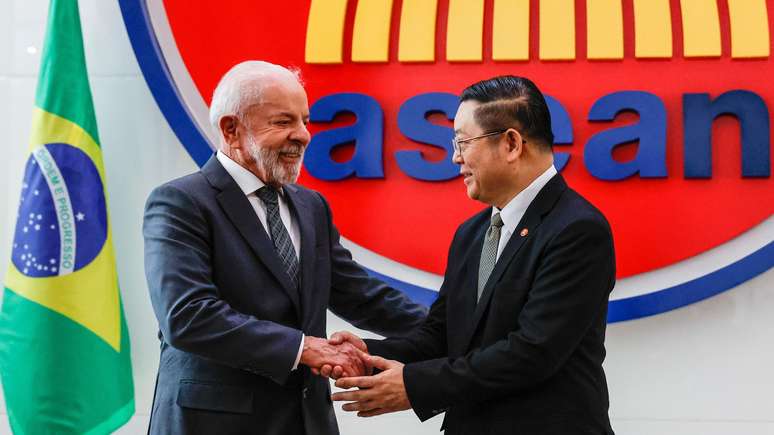
From price to meeting in Malaysia
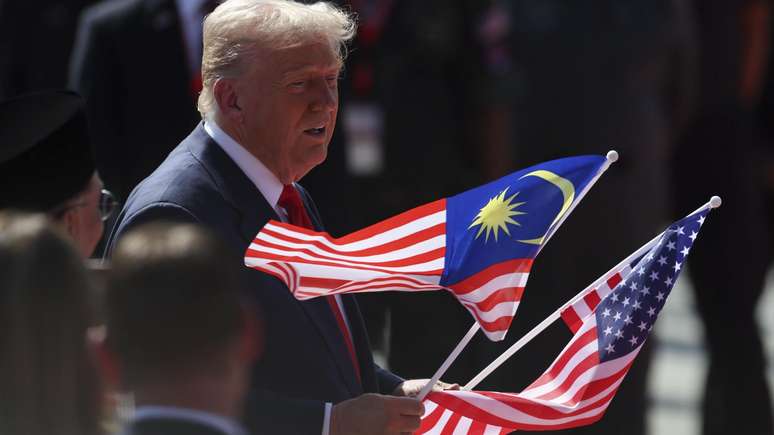
In July, the United States announced tariffs of up to 50% on Brazilian products, particularly hitting agricultural and beef exports.
At the time, the Trump administration made clear several times that these punishments were political in nature.
In addition to the tariffs, the Office of the United States Trade Representative (USTR) has opened an investigation against Brazil, accusing the country of engaging in “unfair trade practices.”
The White House also imposed visa restrictions on Brazilian authorities and financial sanctions on the Minister of the Federal Supreme Court (STF), Alexandre de Moraes, and his wife, Viviane Barci de Moraes.
The measures were taken during the trial that convicted former President Jair Bolsonaro (PL) of inciting attacks on Brazilian institutions.
The Brazilian government has classified the sanctions as an attack on national sovereignty and an attempt to interfere with the independence of the judiciary.
The sanctions were established against the background of the actions of federal deputy Eduardo Bolsonaro (PL-SP), son of the former Brazilian president.
The congressman moved to the United States at the beginning of the year and began working with the White House to seek measures against Brazil that could push for his father’s acquittal and amnesty.
In September, however, Lula and Trump briefly crossed paths during the United Nations General Assembly in New York, remaining in close contact ever since.
On October 6, the leaders held a video conference lasting approximately 30 minutes.
In the conversation, Lula asked Trump to withdraw the tariffs imposed on Brazilian products and the restrictive measures applied against the Brazilian authorities.
At the time, Trump would not directly respond to Lula’s request to eliminate tariffs and economic and visa sanctions. The American president would have limited himself to saying that the issue would be handled by technical teams from both countries.
On October 16, Brazilian Foreign Minister Mauro Vieira and US Secretary of State Marco Rubio met for an hour at the White House in Washington.
In a short statement to the press, the Brazilian chancellor said that the meeting was “very productive, in an excellent atmosphere of relaxation and exchange of ideas and positions in a very clear and very objective way”.
According to Vieira there was “a lot of willingness to work together to develop a bilateral agenda of meetings to address specific trade issues”.
On the American side, Rubio and U.S. Trade Representative Jamieson Greer said in a joint statement that they had had “very positive conversations about trade and ongoing bilateral issues” with the Brazilian minister.
According to the note, the three “agreed to collaborate and conduct multi-pronged discussions in the immediate future and establish an action plan.”
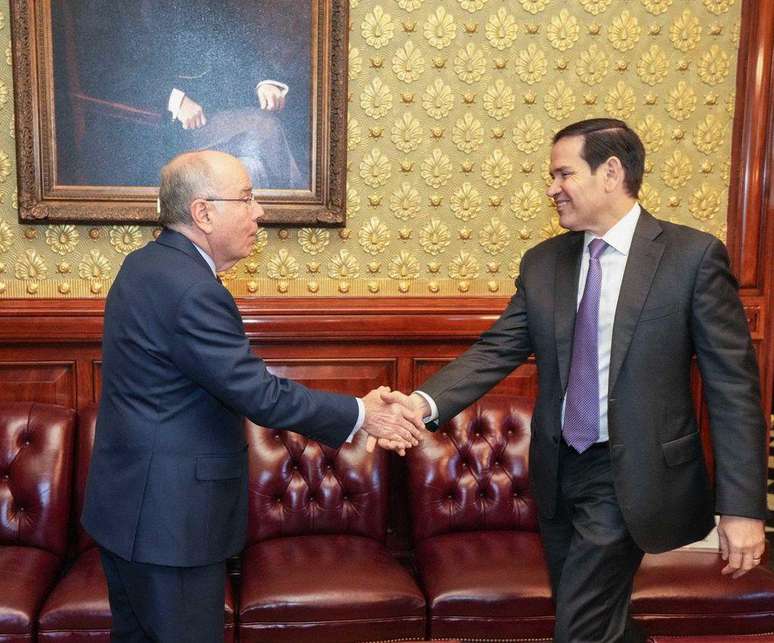
Despite the meeting’s efforts to try to seal peace, the two leaders showed signs of unwillingness to back down from their positions in the week leading up to the meeting.
On Wednesday (10/22), Trump said American cattle ranchers are “doing well” thanks to tariffs imposed on cattle from other countries, such as Brazil.
“Cattle ranchers, who I love, don’t realize that the only reason they are doing so well – for the first time in decades – is because I have imposed tariffs on livestock coming into the United States, including a 50% tariff on Brazil,” he wrote on social media.
The Republican added that if it weren’t for him, American cattle ranchers “would be in the same situation as the last 20 years,” which he called “terrible.”
Lula, on Thursday (10/23), once again defended alternatives to the dollar in global trade. During his visit to Indonesia, the president said that both Pix and the Indonesian payment system have the potential to facilitate trade between the two countries and between Brics members.
“The 21st century demands from us the courage that we did not have in the 20th century,” Lula said, defending “a new way of acting commercially, so as not to become dependent on anyone,” without directly mentioning the United States.
The defense of alternative currencies to the American one, strengthened by Brazil during the Brics summit in July, was cited by Trump as one of the reasons for imposing tariffs on Brazilian exports.
Why meetings between leaders are important
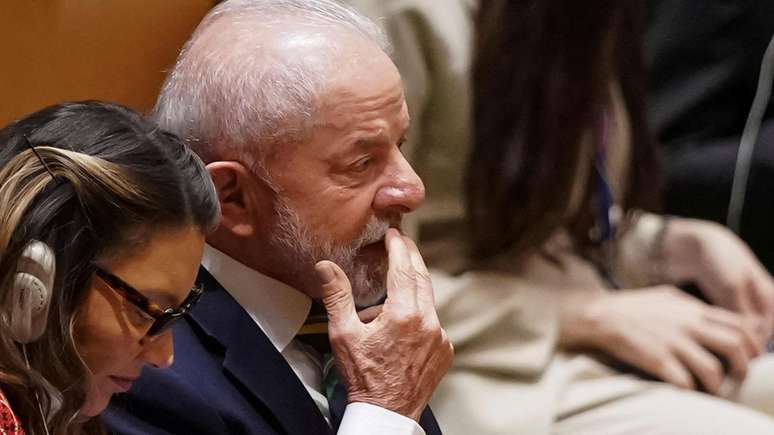
From the Brazilian perspective, the tariffs were perceived as arbitrary, as the United States accumulates a surplus in its trade balance with Brazil.
In several statements, Lula questioned the logic of the measures, arguing that “the thesis according to which Brazil was taxed is not supported by any truth”, and promised to present arguments to this effect during the meeting.
The tariffs, which came into force on August 6, directly affect strategic sectors, particularly agricultural exporters and livestock producers.
The American Chamber of Commerce for Brazil (Amcham Brasil) reiterated that, even with the exemption for a number of products, there is still a significant impact on strategic sectors of the Brazilian economy.
In August, the Lula government announced a package of measures to mitigate the economic impact of the tariff. Actions include subsidized credit lines, postponement of tax collection and government purchases of food from affected sectors.
On the American side, taxation could inhibit the import of products from Brazil, leading the United States to try to increase domestic production, seek substitute markets, or, if these two alternatives are unsuccessful, reduce the domestic supply of these items.
In the latter scenario, if there is no reduction in demand, the lower supply could lead to an increase in prices.
In addition to trade and sanctions, regulation of big tech and rare earth mining are two major focus points for Americans. Access to the ethanol market in Brazil is another priority.
*With reporting by Julia Braun, of BBC News Brasil in London, and Mariana Schreiber, of BBC News Brasil in Brasilia
Source: Terra
Rose James is a Gossipify movie and series reviewer known for her in-depth analysis and unique perspective on the latest releases. With a background in film studies, she provides engaging and informative reviews, and keeps readers up to date with industry trends and emerging talents.

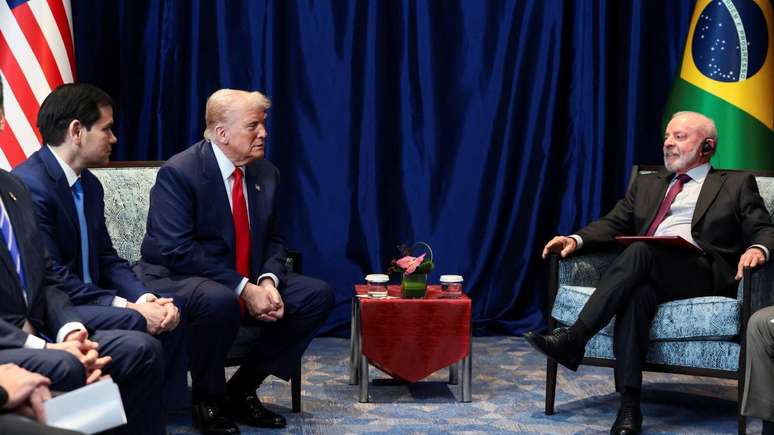
![A More Beautiful Life in Advance: Jennifer Gets Lost in the Feelings… What’s in store for the week of October 27 – October 31, 2025 [SPOILERS] A More Beautiful Life in Advance: Jennifer Gets Lost in the Feelings… What’s in store for the week of October 27 – October 31, 2025 [SPOILERS]](https://fr.web.img6.acsta.net/img/da/bf/dabf67a32e462c255362445e30b8ae1c.jpg)
